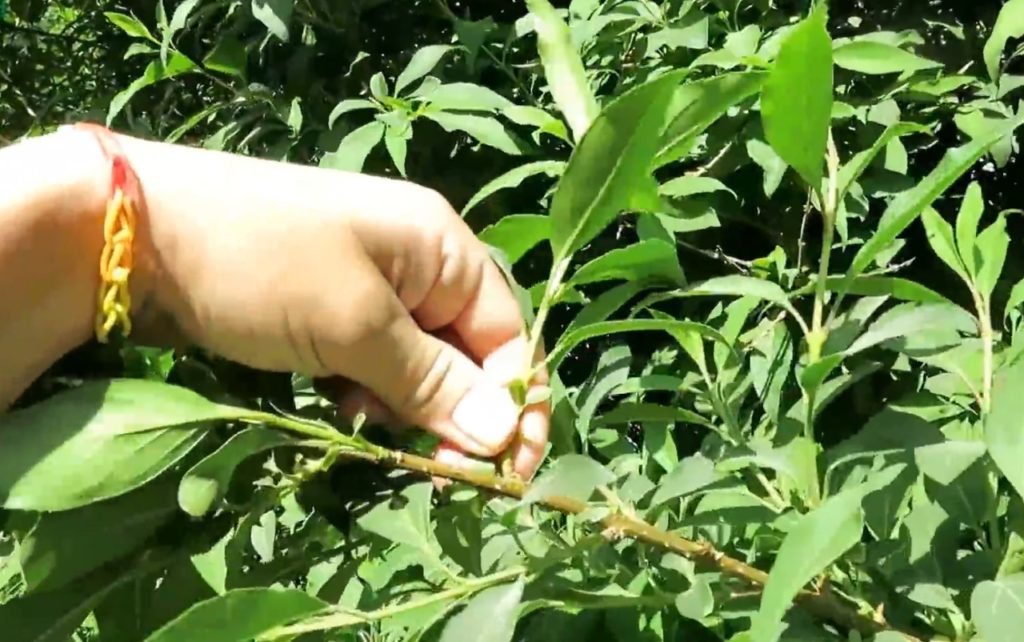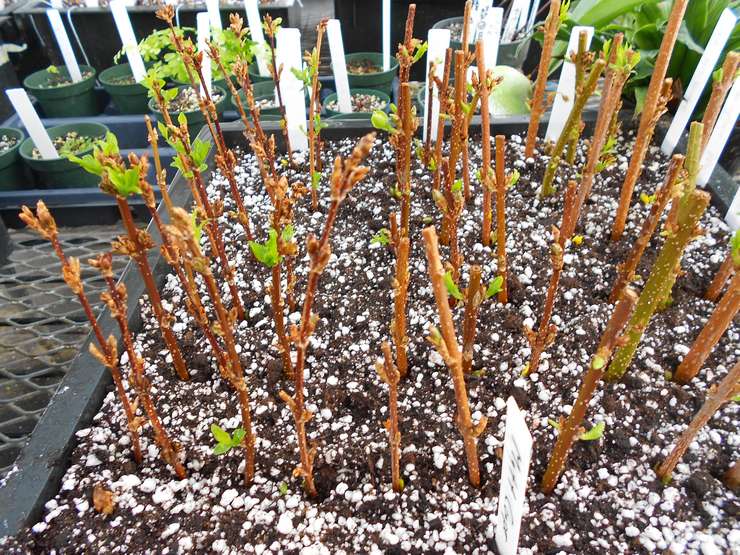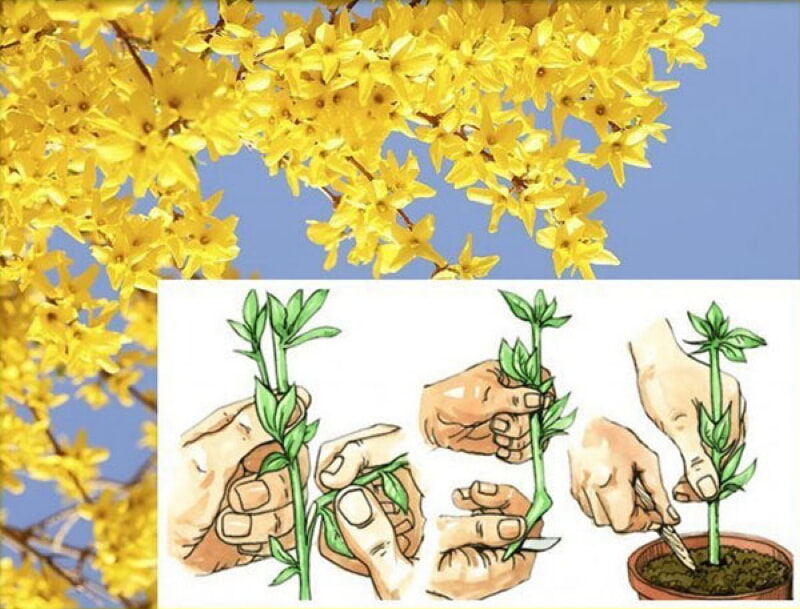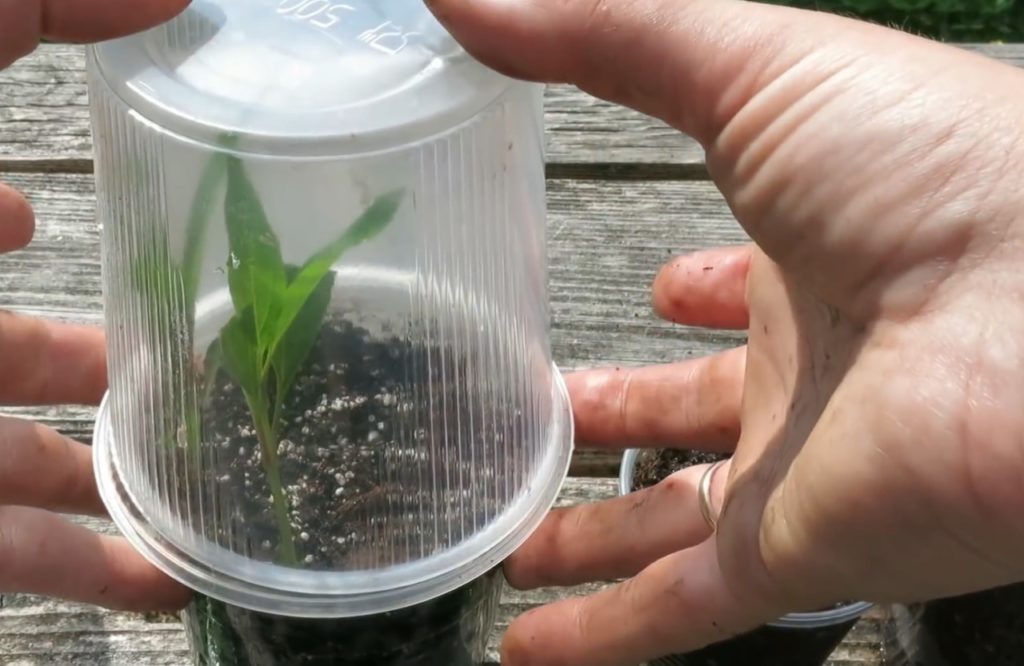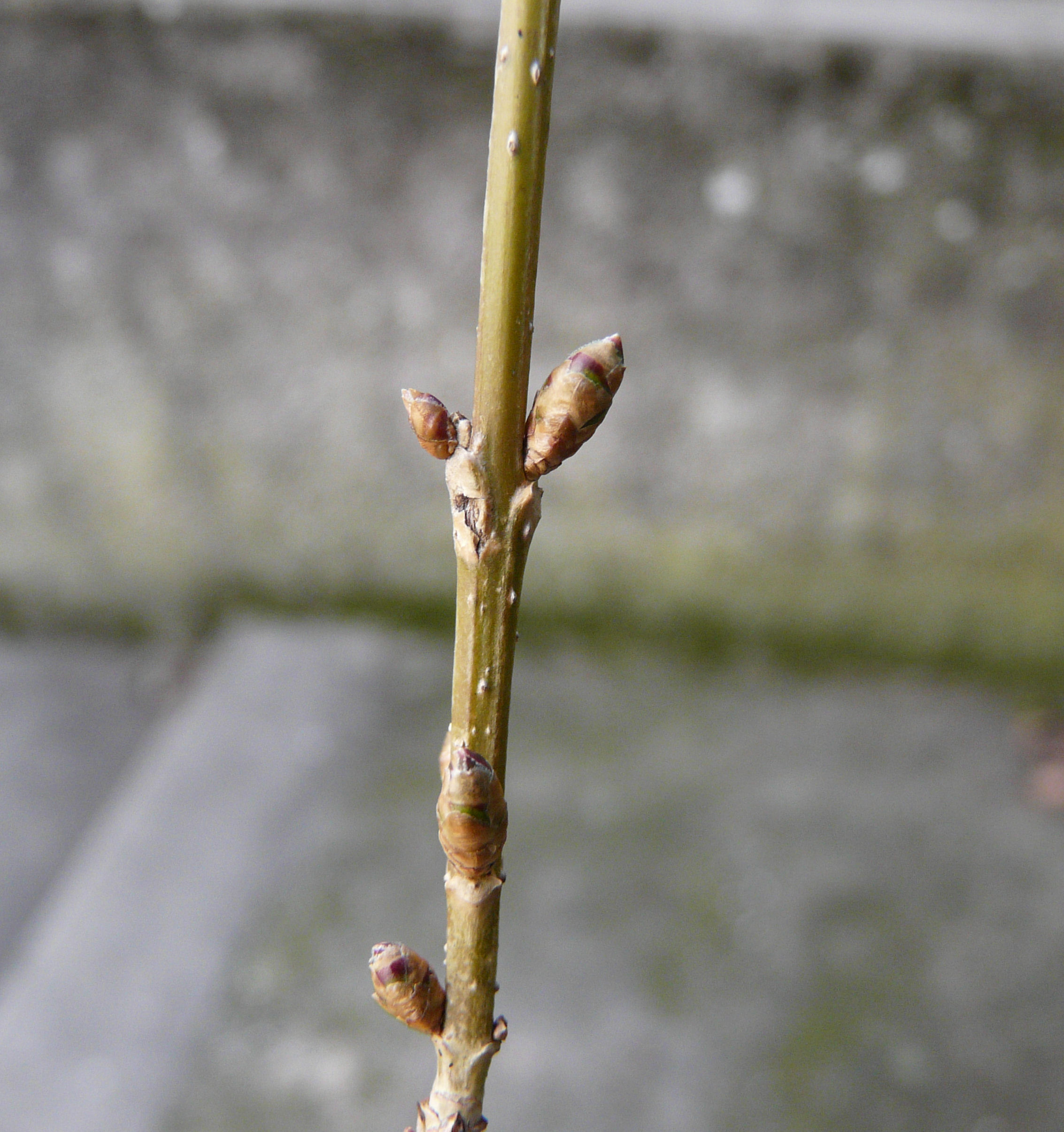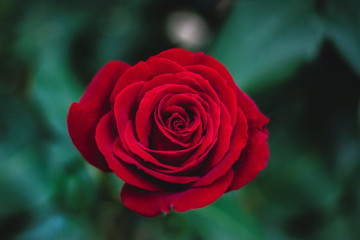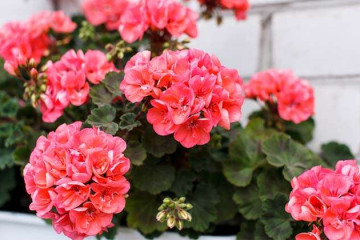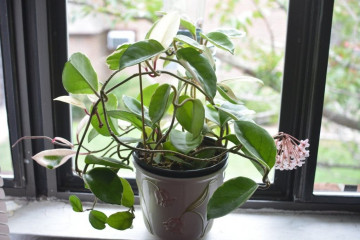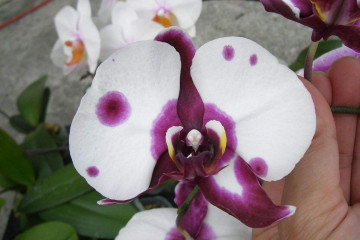Propagation of forsythia by cuttings - how to breed in summer
Content:
Forsythia is a shrub that strikes with its unusual appearance. Reproduction of forsythia by cuttings in summer allows you to get seedlings in spring that can be used for planting in the open field. You can get high-quality planting material by observing some rules and conditions.
When you can graft forsythia
Forsythia can be encountered often. The shrub has an attractive appearance and is undemanding to care for. You should know how forsythia multiplies to get new home crops. The forsythia bush is planted using seeds, layering and cuttings. The latter method is the most commonly used. Forsythia can be propagated in spring, summer or late autumn. The period is determined by each gardener individually. Each method has its own advantages and disadvantages.
To get cuttings, you need to do the following:
- Procurement of material is carried out at the beginning of June. After the bush has faded. Such cuttings allow you to get seedlings for further planting next year.
- In the fall, it is necessary to prepare woody shoots, which are planted in containers with sand. After rooting, the cuttings are planted in the spring. Rooting of stiff shoots begins at the end of October.
- Harvesting of cuttings is done in winter for planting in the ground in early spring. For this, the required number of shoots is cut and wrapped in paper. The workpiece is placed in the refrigerator in the vegetable storage section. Saplings are planted in early May. Before rooting, stiff shoots should be soaked in a manganese solution.
Forsythia propagation by cuttings in summer is the most preferred method among gardeners. Since in a short period you can get young seedlings ready for further planting.
How to choose good cuttings
Forsythia is an ornamental culture, propagation by cuttings should be carried out only after preliminary preparation of the planting material.
Summer cuttings involve the selection of green shoots from the age of 1 year. The green shoot should be intact and start to grow stiff. The length of the cutting should be at least 20 cm. Cutting the forsythia bush in the summer has many advantages. First of all, it is an opportunity to plant young seedlings in open ground immediately after rooting.
The use of woody cuttings allows you to prepare planting material for a longer period. Twigs 20 cm long are cut. Each cutting should have at least 5 healthy buds. Escape without disease symptoms or visible damage. At the same time, its bark has a uniform pattern and a light color.
Correct separation of cuttings
Cutting forsythia in the summer must begin with the correct preparation of shoots. When separating cuttings from the mother bush, the following rules must be observed:
- In early summer, cut the rods with 3 internodes.
- The upper cut is made straight, and the lower one at an angle for quick root formation.
- Leaves should remain on the handle. This will track the process of root formation. If the leaves persist for a long time, then the shoot has begun to form roots. Fallen or shriveled leaves indicate poor-quality harvesting.
In the fall, the preparation of the material is carried out after the leaves have fallen off. In order for the planting material to begin and be used for further propagation, it is important to observe the cutting time. Harvesting of planting material is carried out by means of a sharp pruner, with which the shoot is separated from the mother bush.
Rooting cuttings
To understand how to propagate forsythia in the summer, it is important to properly prepare the shoots for further planting in open ground. Shoots should be rooted first. Green branches should be placed in a root preparation for 2 hours or another similar preparation. A growth stimulant will promote the rapid emergence of roots. The workpieces should be planted in a container with wet soil. For rooting, a mixture of soil with river sand is used. The seedling is buried to a depth of 5 cm into the ground. The deepening is done at an angle to speed up the rooting process. From above, the stalk is covered with plastic wrap or a plastic bottle.
Another way to reproduce is to use woody branches. The optimal rooting period is March. Previously harvested shoots should be placed in water for several hours. This is necessary to soften the fabric of the workpiece.
Gardeners should know how to propagate forsythia with woody cuttings in the spring. For this, the prepared shoot is planted in a container with sand and peat. The top is covered with a plastic bag. Water regularly. You can get roots from a woody workpiece only by observing the moisture content of the soil.
It is also important to know how to propagate forsythia outdoors in summer. For this, the soil at the site is carefully dug up. The prepared blanks are planted in the soil to a depth of 10 cm. The distance between the bushes is at least 5 cm. All summer long it is necessary to cover the seedlings from direct sunlight. Water regularly. You can transplant bushes to a permanent place of growth in a year.
Follow-up care after transplant
To obtain an attractive shrub for garden decoration, it is not enough to know how to root forsythia with cuttings. It is also important to observe proper care after transplanting to a permanent location of the plant.
Preparing the soil for transplanting a seedling
A yellow shrub in the spring requires a properly selected soil. The culture does not tolerate acidic and heavy soil. It is also necessary to avoid places with a closely located water table. Before planting a seedling, you need to mix the soil from the planting pit with humus and sand in a 1: 1: 2 ratio.
Watering
Moisture is essential for the development of the shrub. Water the seedling as the soil dries. After the seedling gets stronger, the frequency of watering is reduced to 1 time in 2 weeks.
Fertilization
For the flowering of the culture to be exuberant, fertilizers must be applied. In the first year after planting, top dressing is not used. In the second year in spring, after awakening the buds, nitrogen fertilizers should be used. To increase the color, potassium-phosphorus fertilizers are used, which stimulate the formation of buds. After the bush stops blooming, fertilizing is reduced. Complex fertilizers can be used in summer. At the end of summer, organic fertilizers are used.
Pruning bushes and sheltering for the winter
Autumn is the period when you need to prepare the culture for the first frost. A few weeks before frost, you need to cut the bush. All branches are shortened, and damage to the crop is removed.
The bush must be carefully tied with twine and bent in the ground. The root is covered with a mixture of humus and foliage. Branches - fallen leaves or agrofibre.
Forsythia is a spring shrub that will decorate any garden. Propagated by cuttings, seeds and cuttings. The last method is the most common, as you can get the required number of seedlings. Reproduction of culture by cuttings in summer allows you to plant young shoots in open ground. Experienced gardeners recommend seedlings for seedlings from 1 year old.
